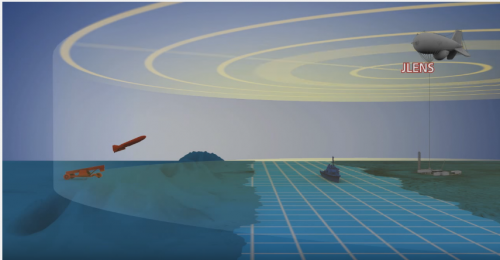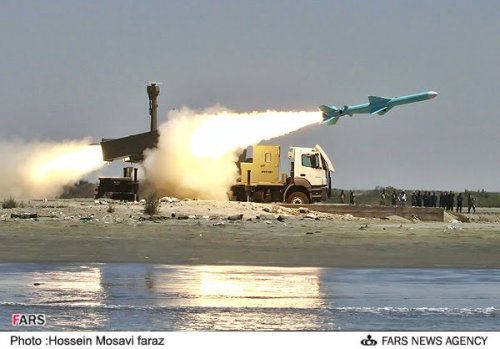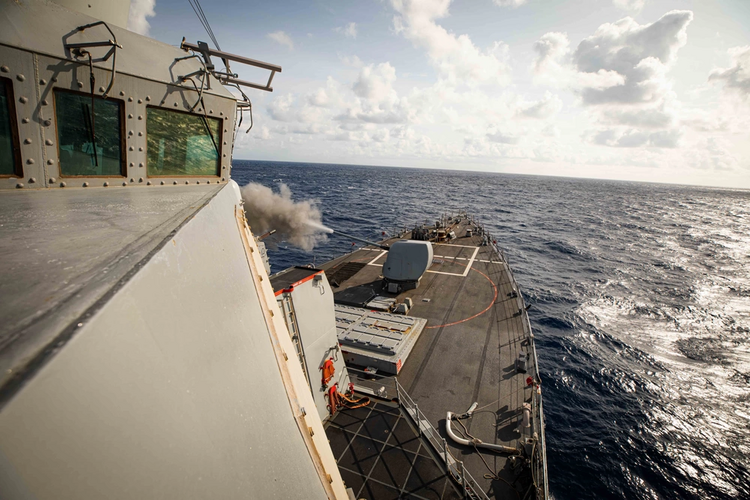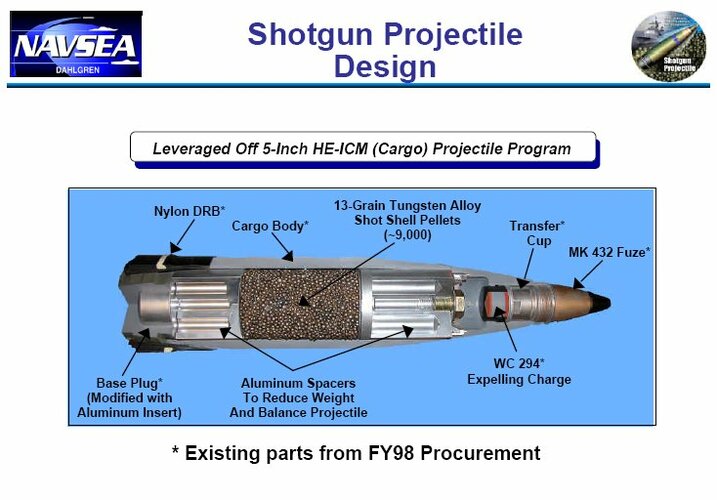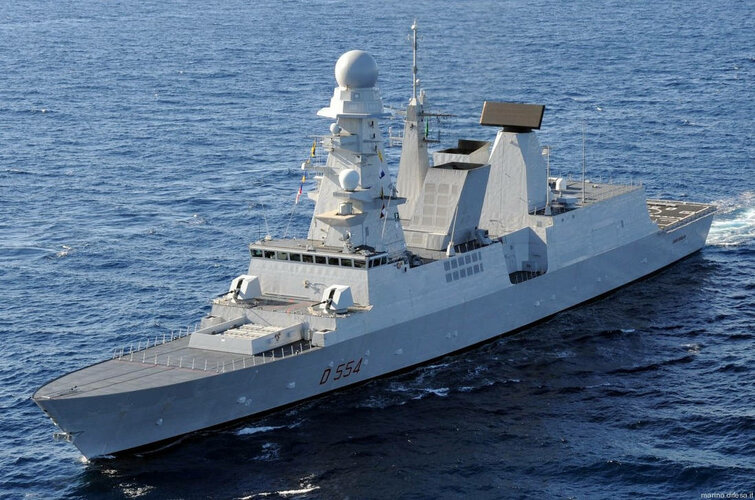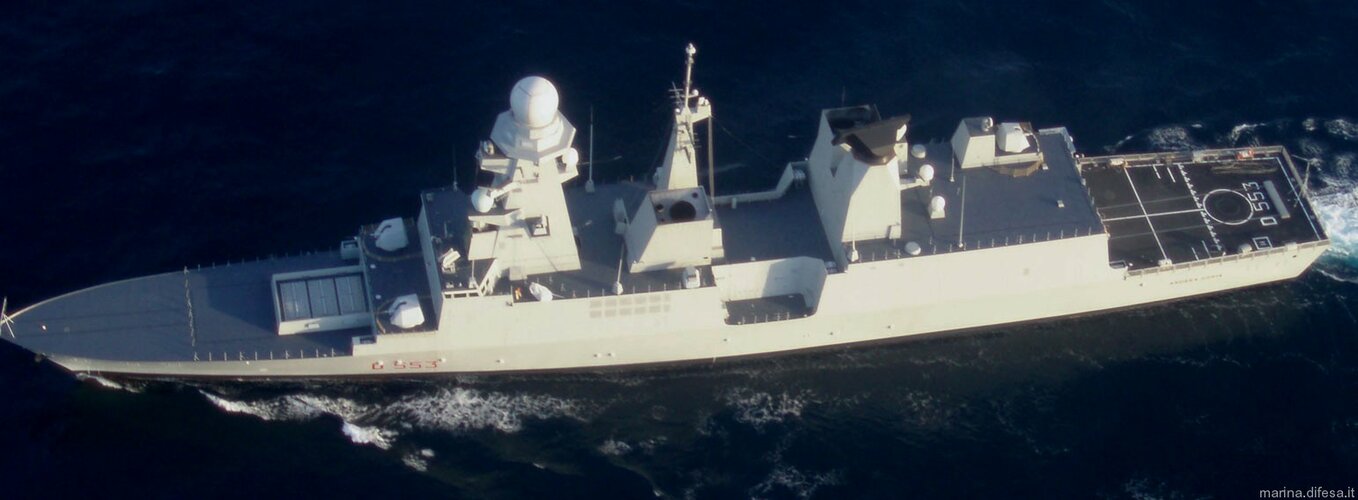- Joined
- 16 April 2008
- Messages
- 9,191
- Reaction score
- 13,169
sferrin said:TomS said:The Saudis and others are flying over Yemen routinely and not taking significant losses, especially at altitude. Heck, the US is flying Predators over there as well.
The radars the USN targeted are probably simple coastal surveillance sets. They don't lock on to a target, just pass location info. Until the Houthis started shooting at ships, such radars were not especially threatening.
Do you think they're just shooting them out there hoping the missiles lock onto something? Something like, "hey there's a blip at X,Y,Z, shoot it over there and maybe the seeker will see it".
Possibly. There are also reports of small boats being used as spotters.

